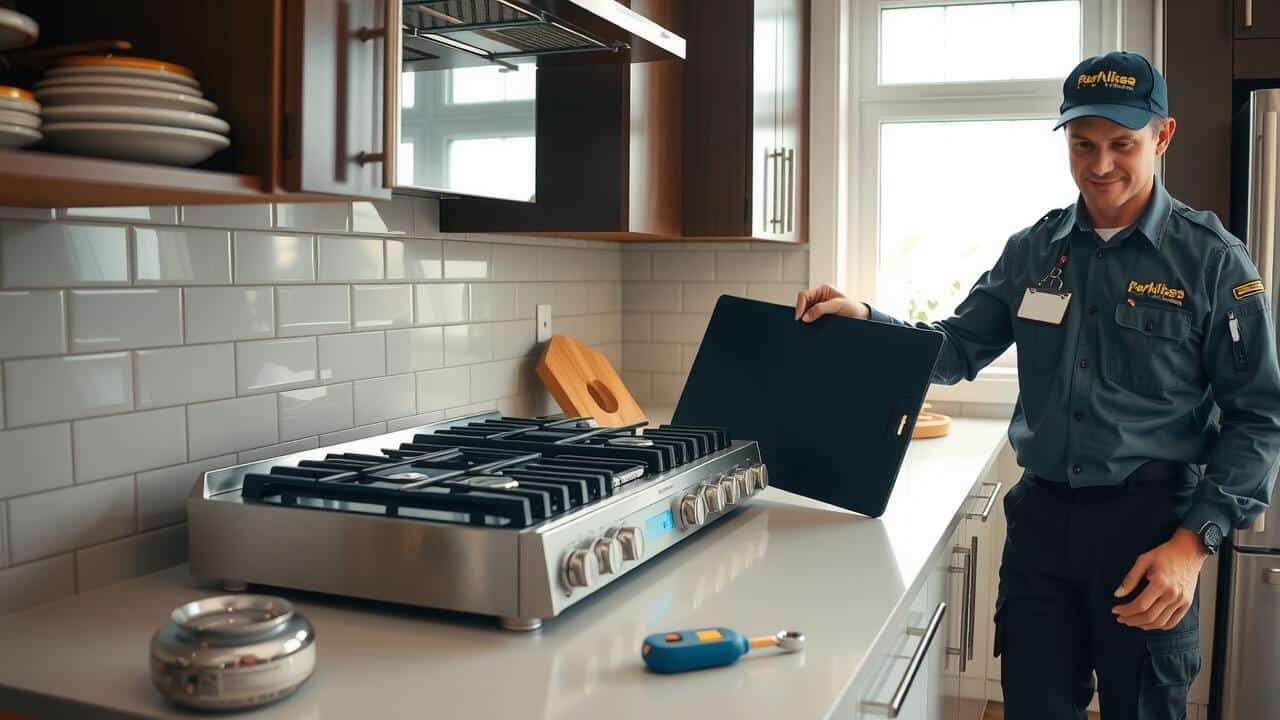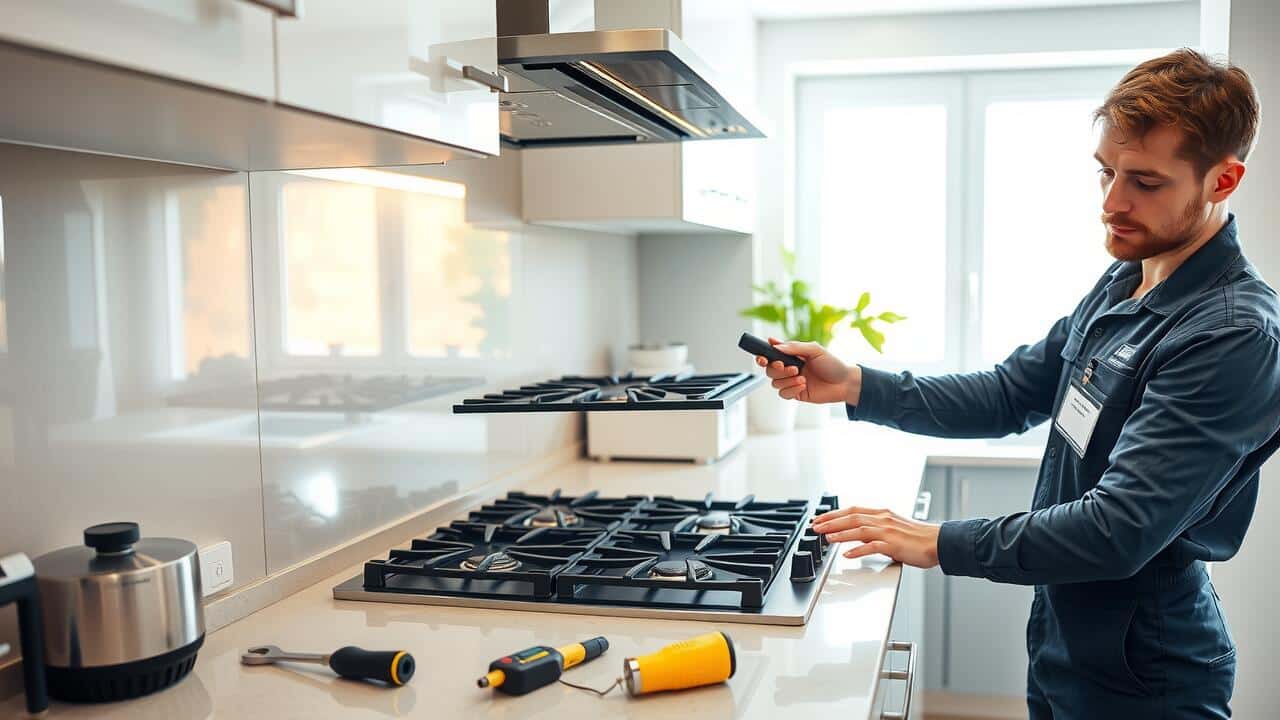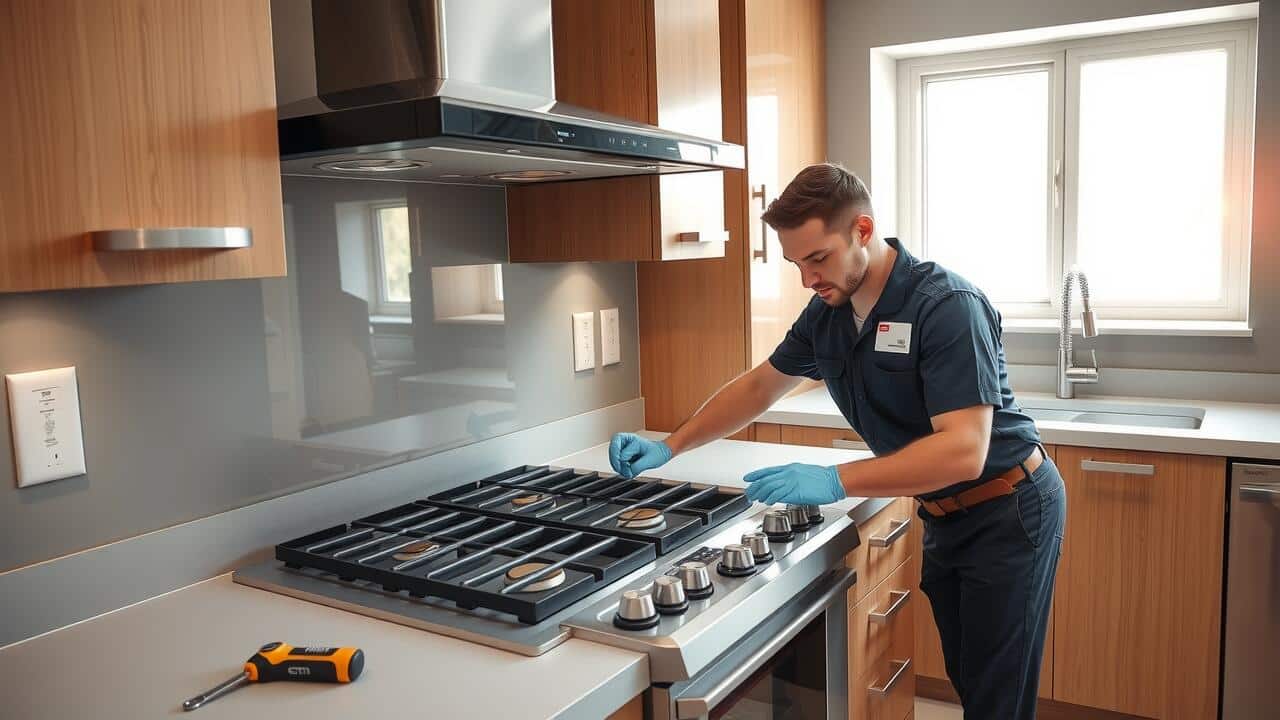Table Of Contents
Connecting the Gas Line
Connecting the gas line to your new stove is a critical step in ensuring a safe and functional installation. Make sure to use the appropriate materials and tools for the job, including gas-rated fittings and pipe dope. If your gas line is rigid, you may need to employ a flexible connector. This connector should match the size of the inlet on your stove and be long enough to accommodate any movement without putting stress on the connections.
When at the gas line connection point, ensure that all threads are clean and free of debris. Hand-tighten the fitting first, and then use a wrench to tighten it securely. Do not overtighten, as this can damage the fittings. After completing the installation, it’s essential to check your connections as part of your Gas Stove Installation Wetmore, San Antonio process to guarantee there are no leaks. Proper handling and connection of the gas line can prevent accidents and ensure your stove operates efficiently.
Proper Techniques for Tight and Safe Connections
When connecting the gas line during installation, securing tight connections is essential to ensure safety and functionality. Start by using pipe thread sealant or Teflon tape on the threads of each gas fitting. This helps to create a better seal and prevent gas leaks. Hand-tighten the joints first and then use a wrench to tighten them further, ensuring not to over-tighten, which could cause damage to the fittings.
It’s important to use the correct materials that comply with local building codes. Copper tubing and black iron pipes are commonly used for gas lines, while flexible gas connectors are also an option for certain installations. Always check for compatibility with your specific stove and local regulations. Professional assistance may be advisable if you’re unsure about the requirements for your project, such as during the Gas Stove Installation Berg’s Mill, San Antonio.
Testing Your Installation
Once the gas stove is connected, the next crucial step is to test the installation for proper functionality and safety. Turn on the stove and ignite the burners. Observing the flame is essential; it should burn with a steady, blue color. Any yellow or orange flames can indicate incomplete combustion, which may be dangerous and require adjustments. If you have followed the procedures correctly, the burners should ignite without any hitches.
After visually checking the flames, the next step involves inspecting for gas leaks. A simple way to do this is by applying a mixture of soap and water to the connections. If bubbles form, this indicates a leak that needs immediate attention. For residents in Cassin, San Antonio, ensuring your Gas Stove Installation follows all safety standards is vital. Regular maintenance checks can prevent future issues, providing peace of mind for you and your family.
Ensuring There Are No Gas Leaks
After completing the installation of your gas stove, it is crucial to ensure that there are no gas leaks. Begin by turning on the gas supply and applying a solution of soap and water to the connections. Bubbles will form if any leaks are present, providing a clear indication that repairs are necessary. This simple test is an effective method for detecting leaks and should not be overlooked.
Once you have checked for leaks, monitoring the stove’s performance during its initial uses is important. Pay close attention to any unusual smells, sounds, or visual signs around the connections. If you suspect a leak at any point, it’s best to consult with professionals who specialize in gas systems, such as those offered by Gas Stove Installation King William, San Antonio. Regular inspections and awareness can enhance safety and efficiency in your kitchen.
Maintenance Tips for Gas Stoves
Regular maintenance is essential for the efficient operation of gas stoves. Keeping the burners clean prevents the buildup of grease and food particles that can obstruct gas flow. Routine cleaning should involve removing the burner grates and caps to scrub them with warm, soapy water. Inspecting the igniters for functionality will ensure that the stove lights properly every time you use it. Consider documenting your cleaning schedule to keep track of when maintenance was last performed.
In addition to routine cleaning, checking the gas connection points for any signs of wear or damage is crucial. Look for frayed hoses or loose fittings that might compromise safety. If you’ve recently undergone a “Gas Stove Installation Leon Springs, San Antonio,” relying on an experienced technician for regular inspection can provide peace of mind. Ensure that the stove’s ventilation system is free from obstructions and functions effectively, as proper airflow contributes to both safety and performance.
Regular Check-ups and Cleaning Procedures
Regular maintenance of your gas stove is essential to ensure longevity and safe operation. Schedule routine check-ups every six months to inspect connections and other components for wear and tear. Make cleaning a habit by wiping down surfaces and removing debris from burners after each use. Regularly check the igniter for proper function, as a malfunctioning igniter can indicate deeper issues within your system. It is advisable to consult professionals familiar with gas appliances if you notice any irregularities during your inspections.
Cleaning procedures should involve both the surface and internal parts of the stove. Use mild cleaners that won’t damage the finish or functionality of your stove. Burner grates and caps can usually be submerged in warm, soapy water to remove accumulated grease and food particles. After cleaning, check all components for proper alignment and secure fittings. For those in the area, contacting Gas Stove Installation Berg’s Mill, San Antonio, can provide expert advice and assistance to ensure your appliance remains in top working condition.
FAQS
Is it safe to install a gas stove myself?
While some individuals may have the skills to install a gas stove, it is generally recommended to hire a licensed professional to ensure safety and compliance with local codes.
What tools do I need to install a gas stove?
Basic tools required might include a wrench, pipe joint compound, gas line fittings, and a level. However, consulting the manufacturer’s installation instructions is crucial for specific requirements.
How can I tell if my gas stove installation has leaks?
You can check for gas leaks by applying soapy water to the connections. If you see bubbles forming, this indicates a leak. A gas leak detector can also be used for more accurate results.
What maintenance is required for a gas stove?
Regular maintenance includes checking for gas leaks, cleaning burners, and ensuring proper ventilation. It’s advisable to schedule professional inspections annually.
Are there any permits required for installing a gas stove?
Yes, local regulations often require permits for gas installations. Always check with your local building authority to ensure compliance before you start the installation process.


